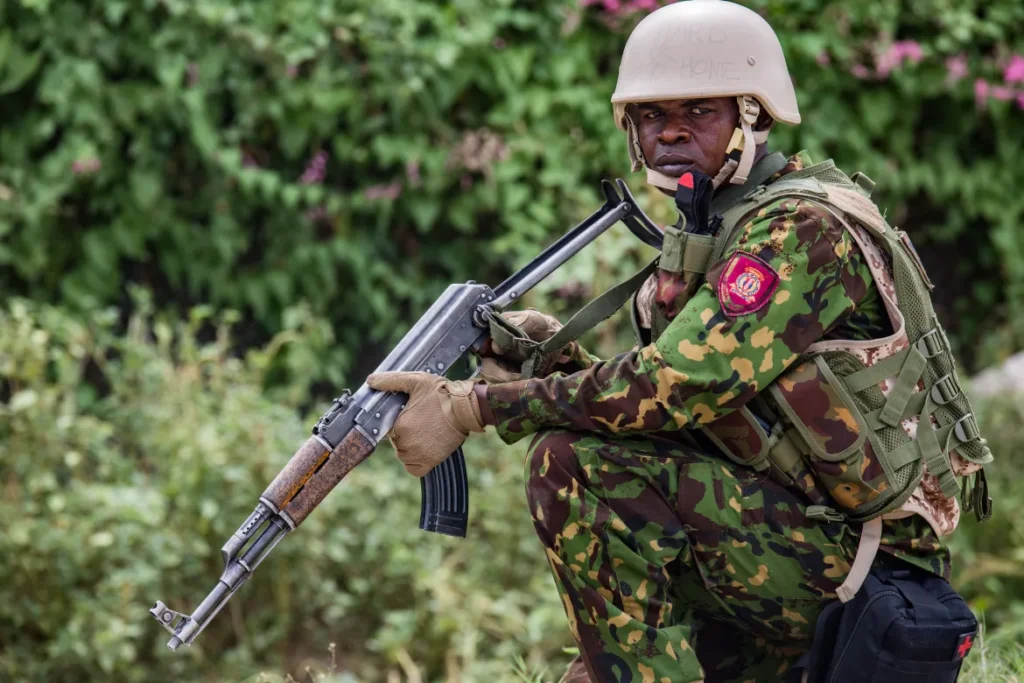
Kenya has eradicated sleeping sickness as a public health threat, the World Health Organization (WHO) declared on Friday, marking a historic milestone.
The vector-borne disease, known scientifically as human African trypanosomiasis, has long plagued sub-Saharan Africa, where it is often fatal without treatment.
Transmitted by the bite of infected tsetse flies, the parasite Trypanosoma brucei endangers rural communities reliant on farming, fishing, animal husbandry and hunting.
WHO Director-General Tedros Adhanom Ghebreyesus hailed the achievement, praising Kenya for joining “the growing ranks of countries freeing their populations of HAT.”
The victory, he said, represents a step towards an Africa free from neglected tropical diseases, a goal once thought distant and elusive.
In advanced stages, the parasite invades the central nervous system, triggering behavioural changes, confusion, sensory disturbances and poor coordination.
Disrupted sleep patterns — a hallmark symptom that gave the illness its common name — emerge as the disease progresses.
Kenya’s battle with sleeping sickness stretches back over a century, with the first recorded cases appearing in the early 1900s.
Through decades of surveillance, medical intervention and community awareness, the country has dismantled the chains of a disease that haunted generations.
Kenya now joins Benin, Chad, Equatorial Guinea, Ghana, Guinea, Ivory Coast, Rwanda, Togo and Uganda in eliminating the disease.
While the fight against sleeping sickness continues elsewhere, Kenya’s triumph offers a beacon of hope for other nations still in its shadow.
WHO officials stress that vigilance must endure, as the disease remains endemic in parts of the continent and could resurface without sustained effort.
For now, Kenya’s victory stands as both a public health success and a testament to resilience, science and the will to outlast a deadly foe.




